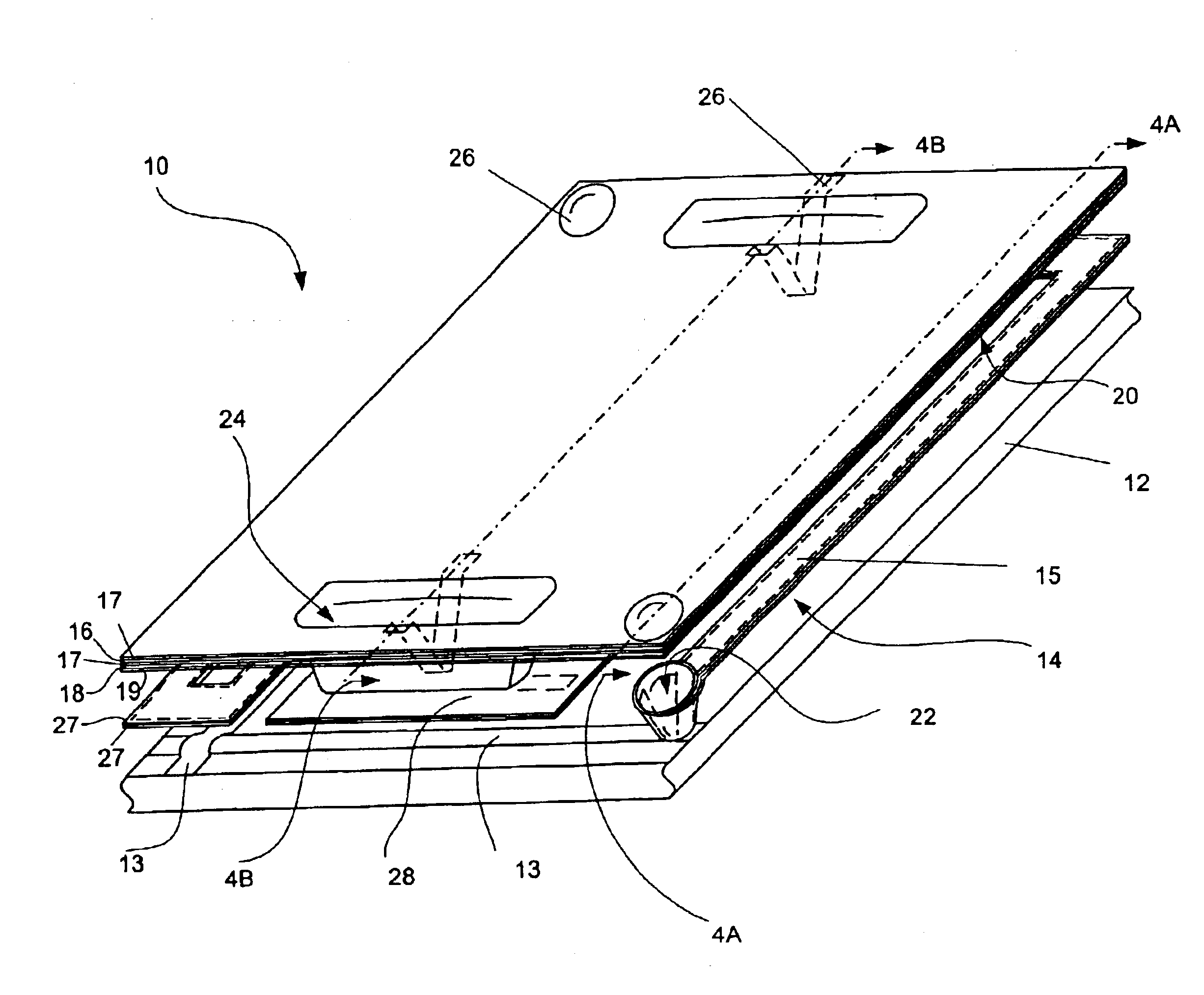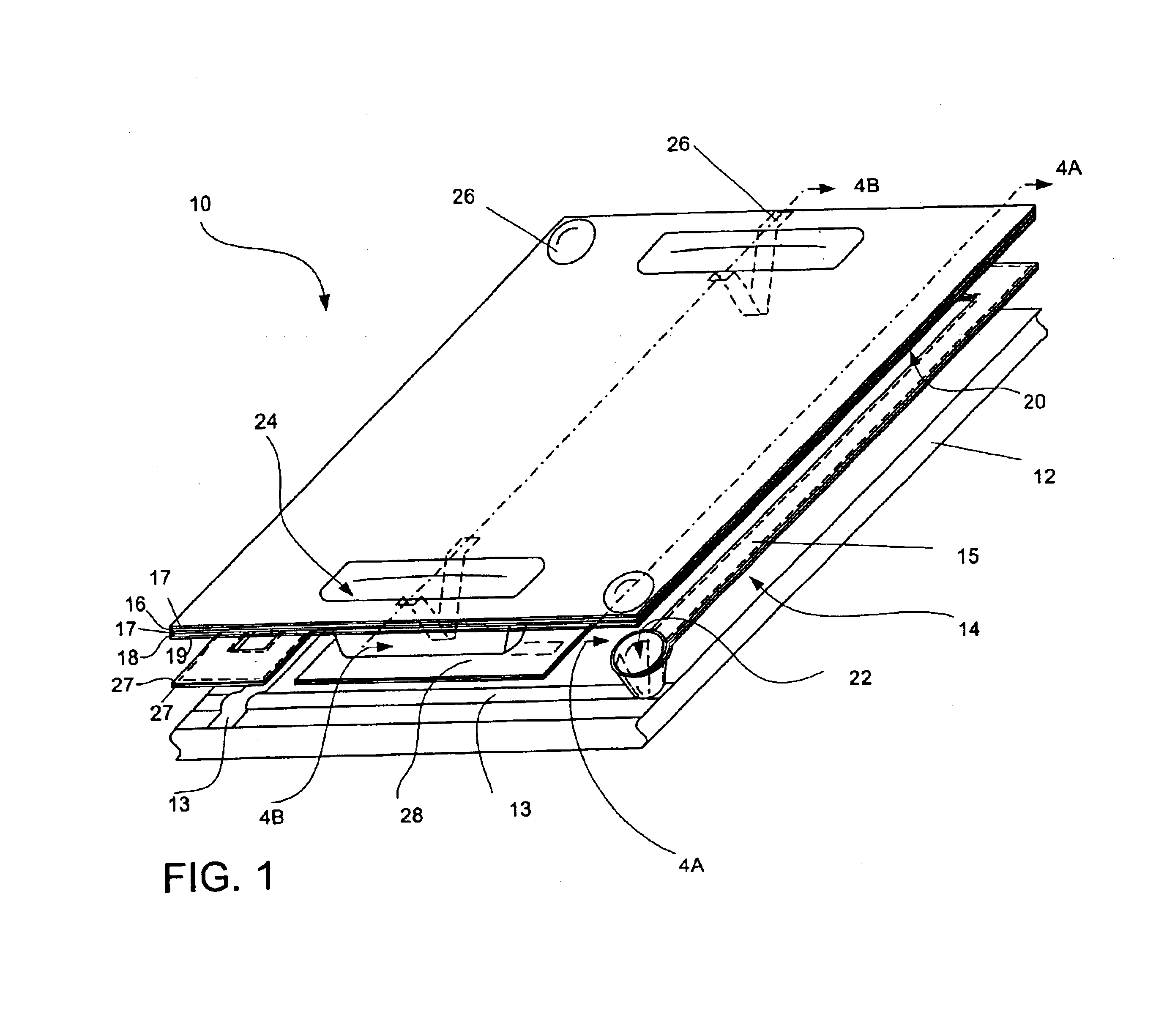Pixel structure and an associated method of fabricating the same
a bolometer and focal plane array technology, applied in the field of infrared detectors, can solve the problems of limiting the length of the legs, consuming significant amounts of energy, and generally uncooled, and achieve the optimal performance of the pixel structure, maximize the area of the detector and the insulator, and maximize the absorption characteristics of the bolometer
- Summary
- Abstract
- Description
- Claims
- Application Information
AI Technical Summary
Benefits of technology
Problems solved by technology
Method used
Image
Examples
Embodiment Construction
[0035]The present invention now will be described more fully hereinafter with reference to the accompanying drawings, in which preferred embodiments of the invention are shown. This invention may, however, be embodied in many different forms and should not be construed as limited to the embodiments set forth herein; rather, these embodiments are provided so that this disclosure will be thorough and complete, and will fully convey the scope of the invention to those skilled in the art. Like numbers refer to like elements throughout.
[0036]Referring now to FIG. 1, a pixel structure 10 according to one advantageous embodiment of the present invention is illustrated. As shown, the pixel structure includes a substrate 12 and a bolometer disposed upon the substrate. As known to those skilled in the art, a focal plane array typically includes an array of pixel structures, thereby forming an uncooled infrared focal plane array. Although the array can have different sizes, such as 320 rows by...
PUM
 Login to View More
Login to View More Abstract
Description
Claims
Application Information
 Login to View More
Login to View More - R&D
- Intellectual Property
- Life Sciences
- Materials
- Tech Scout
- Unparalleled Data Quality
- Higher Quality Content
- 60% Fewer Hallucinations
Browse by: Latest US Patents, China's latest patents, Technical Efficacy Thesaurus, Application Domain, Technology Topic, Popular Technical Reports.
© 2025 PatSnap. All rights reserved.Legal|Privacy policy|Modern Slavery Act Transparency Statement|Sitemap|About US| Contact US: help@patsnap.com



